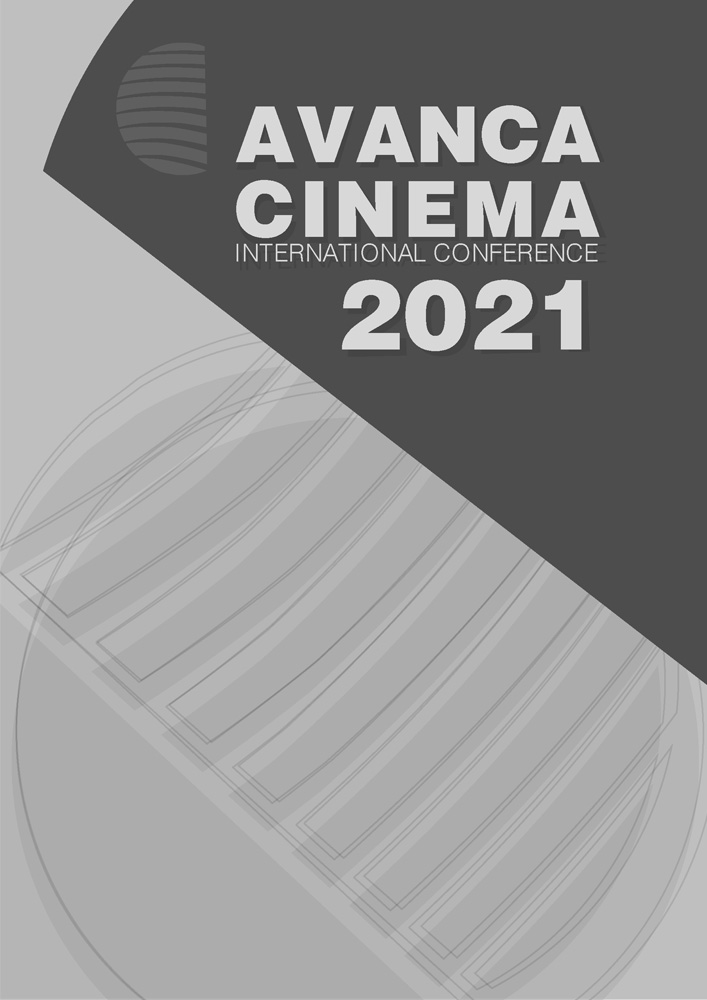Chapitre I _ Cinéma - Art
Let the stones speak. Havana’s urban ruins in the eyes of Cuban visual artists and filmmakers
Résumé
Since the 1990s we have identified in the Cuban cultural context a series of literary, visual and artistic practices that take Havana and its ruins as a place not only of representation but also of excavation. This concept, taken from Walter Benjamin’s thinking in relation to memory, in which the notion is understood “not as an instrument for knowing the past, but only as its medium”, allows us to enter into the sensibility of proposals such as Fresa y Chocolate by Cuban director Tomás Gutiérrez Alea, Suite Habana (2003) by Fernando Pérez, among others. The social and anthropological interest of these works expands into an intimate account of the city that is narrated from the human. As an allegory to those multiple layers of time that inhabit the spaces. The archaeological intention, present in some of these works through an interest for reading the traces in the walls and vestiges of the city, favors the idea of a landscape in ruins that can be narrated from the daily experience of its inhabitants. At the same time, the visual arts experience the need to explore in the ruins as a symbolic reference that enhances the meaning of anachronism to generate bridges of reflection between past and present. The interaction of glances between filmmakers and plastic artists around this universe of images will be the subject of analysis in this proposal.

Ce travail est disponible sous la licence Creative Commons Attribution 4.0 International .

